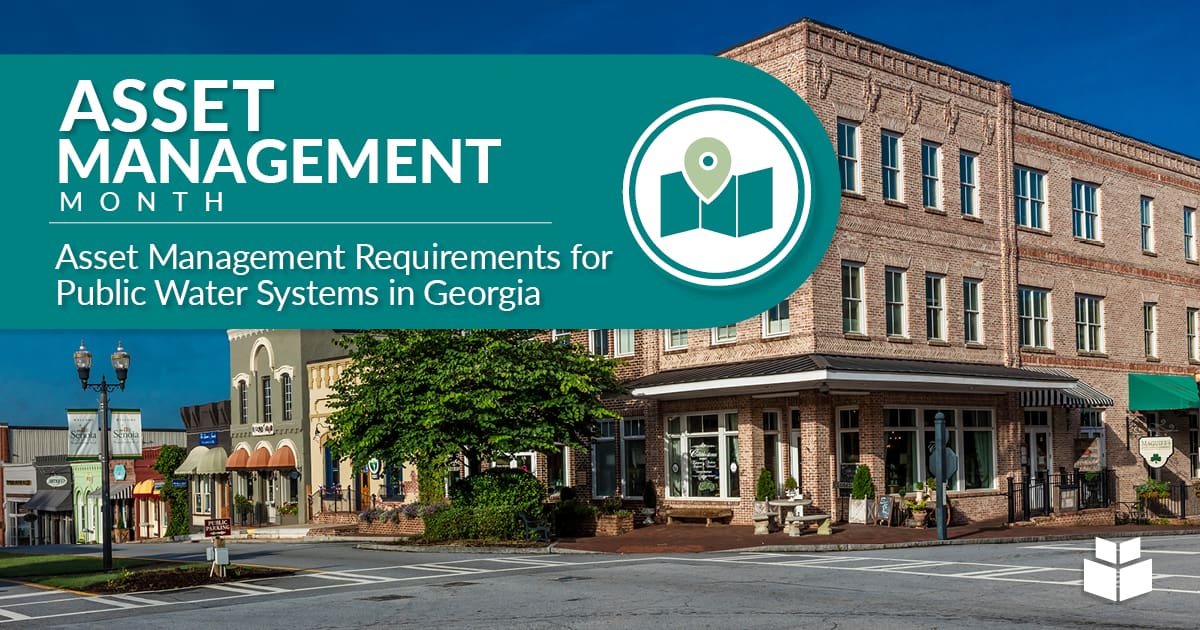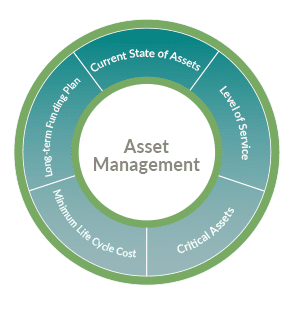
What are the new Asset Management requirements for Public Water Systems in Georgia?
Since January 1, 2024, the Georgia Environmental Protection Division (EPD) has required all public water systems serving more than 3,300 people to develop and submit a comprehensive water asset management plan (AMP) as part of their new drinking water permit requests or renewals. This requirement is outlined in Appendix C of the Georgia Minimum Standards of Public Water Systems.
What is a water AMP?
A water AMP is a strategic framework that helps water utilities manage their infrastructure effectively and sustainably. It includes an inventory of all water system assets, assesses their condition and performance, forecasts future needs, and outlines a plan for maintenance, rehabilitation, and replacement.
Why has the EPD implemented this requirement?
The Georgia EPD has implemented this requirement to ensure that water utilities are proactively managing their infrastructure. This helps to prevent system failures, ensure compliance with safety standards, and promote the sustainable provision of safe drinking water to the public.
Who is affected by this requirement?
The new requirement applies to all public water systems in Georgia that serve populations greater than 3,300 people. Smaller systems are encouraged but not required to develop AMP.
View Our Asset Management Flipbook
Why is this important?
A water AMP helps water utilities:
- Ensure the reliability and safety of water delivery.
- Plan for and prioritize maintenance and upgrades.
- Optimize the use of financial resources.
- Comply with regulatory requirements and avoid penalties.
- Enhance the long-term sustainability of the water system.
What should be included in a water AMP?
The plan must include:
- Asset Inventory: A detailed list of all water system assets, including their age, condition, and criticality.
- Condition Assessment: Evaluation of the current state and performance of each asset.
- Risk Analysis: Identification of potential risks and vulnerabilities within the system.
- Lifecycle Cost Analysis: Estimation of costs associated with the maintenance, operation, and replacement of assets.
- Prioritization Plan: A strategy for prioritizing asset repairs and replacements based on criticality and condition.
- Financial Plan: A funding strategy for implementing the AMP, including budget forecasts and funding sources.

How does one submit a water AMP?
Water utilities must submit their water AMP as part of the documentation required for new drinking water permit applications or renewals. This can be done through the Georgia EPD’s online portal or by mailing the required documents to the EPD’s Drinking Water Program office.
How WithersRavenel Can Help
WithersRavenel develops AMPs, GIS databases, work order systems, and lifecycle and predictive models that can be accessed by clients. We provide risk analysis and identify and prioritize rehabilitation/replacement projects over a near and long-term planning horizon. Not only do we make sure these programs work together, but we also create workflows for new construction projects to feed into this network of information for our clients.
Want to learn more about our offerings? Contact WithersRavenel’s Director of Asset Management, Malak Bahrami at mbahrami@withersravenel.com or (919) 535-5148.
